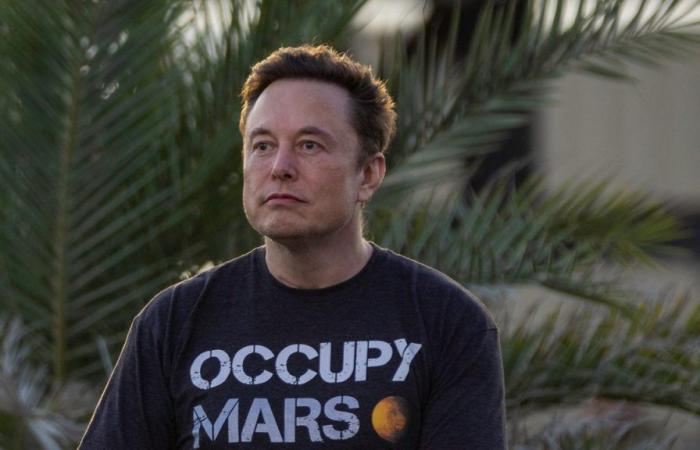True, that flight not only achieved all the objectives that Musk and SpaceX had set themselves – in particular the survival of Ship 29 to the maximum thermal stress during re-entry into the atmosphere – and, in the meantime, thrilled enthusiasts by creating the first controlled ditching of a Super Heavy, the Booster 11; the question is that, although it was a test, it managed to overshadow the important docking of the first Starliner with a crew on the International Space Station, as well as the fact that, in the meantime, the China with the Chang’e-6 mission was bringing back to Earth, for the first time in history, soil and rock samples taken from the far side of the Moon.
The reasons for this imbalance do not lie so much, or simply, in the media power of Musk and his extraterrestrial enterprises, but in their power tout courtin the influence that, de factooperate throughout the space sector, ergo on political balances global, ergo on the everyone’s life or almost the citizens of planet Earth, whether they are aware of it or not.
Extra atmospheric monopoly
As he himself recalled in April in a meeting with company employees, after having carried out 98 launches in 2023 (including the first two Starship tests), i.e. 91 more than those carried out by the United States thanks to other operators, and decidedly more than those of Russia and China combinedin 2024 SpaceX could ferry into space 90% of the mass launched by the world entire, compared to 6% in China and 4% in all others.
When Starship is finally operational – here is the first point of interest of the fetish carrier – SpaceX’s percentage could rise to 99%, Musk said.
Meanwhile, the extreme reliability of the perspective contributes to the credibility of the perspective Falcon 9the jewel of the company, the carrier with which SpaceX demonstrated to the space ecosystem that the holy grail of reusability it was no longer a myth. It was a revolution, which drastically reduced the launch cost per kilogram carried beyond the sky – from beyond 65 thousand dollars for a shuttle trip to approx six thousand current – and applied the philosophy of risk management and ongoing technological development inherited from Silicon Valley to space, a sector traditionally perched on the variable cost contractsor cost plusaccessible to a few giants (Boeing, Lockheed Martin and Northrop Grummann above all).




